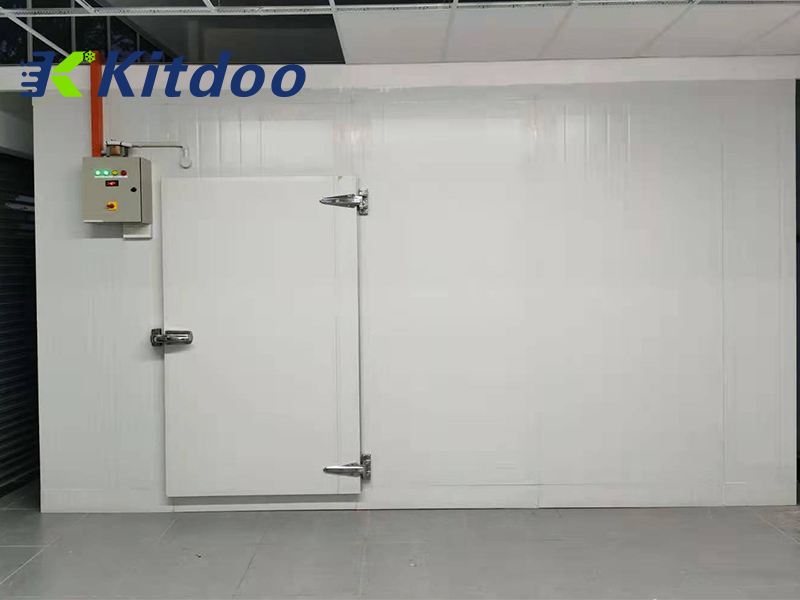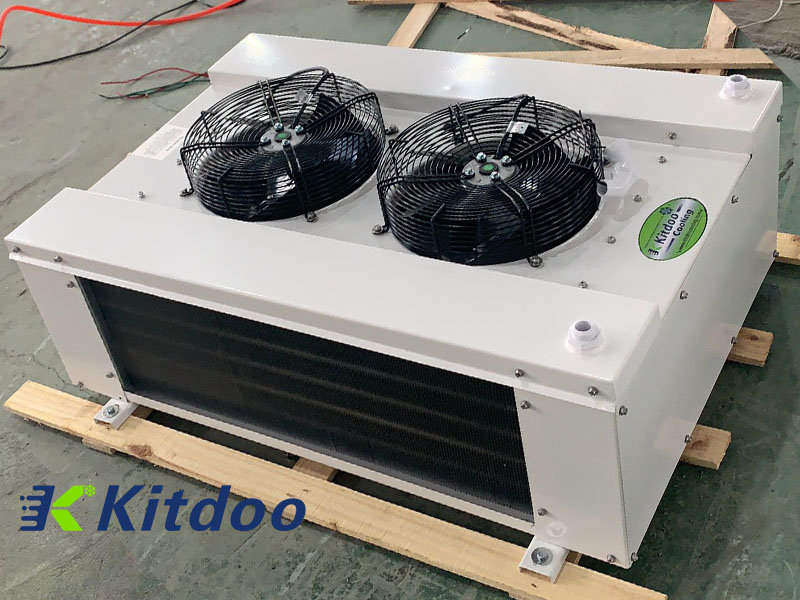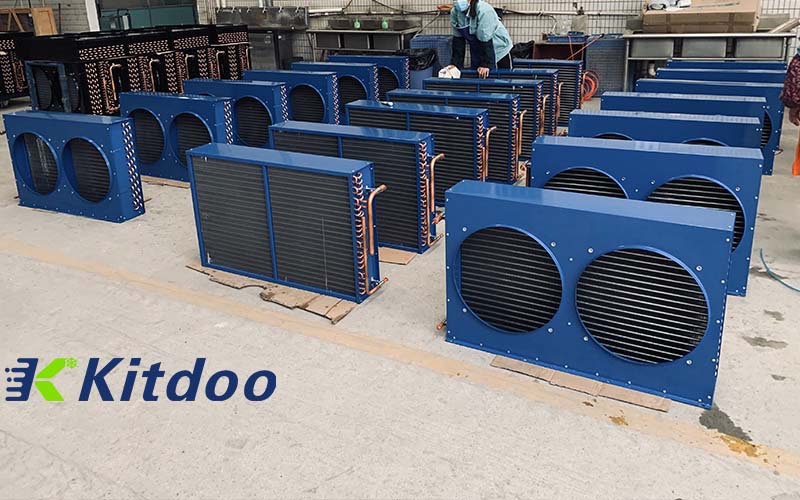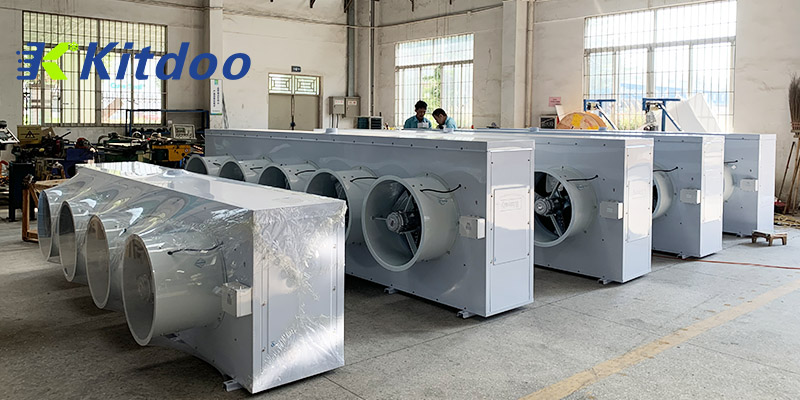With the continuous development of cold storage technology and the rapid expansion of cold storage capacity, how to maintain high efficiency and low energy cold storage has become a bottleneck restricting the development of cold storage. This article aims at how to configure a suitable heat exchange system, how to improve the refrigeration efficiency of the heat exchange system, and how to reduce the cold loss during the refrigeration process, and provides reasonable suggestions for the construction of cold storage through technical measures.

The influence of heat exchanger on cold storage energy consumption
1. When the evaporation temperature decreases, the compression ratio of the compressor increases, and the energy consumption per unit of cold production increases. When the evaporation temperature is lowered by 1℃, it will consume 3%-4% more electricity. Therefore, minimize the evaporation temperature difference and increase the evaporation temperature, which not only saves power consumption, but also increases the relative humidity of the cold room.
2. As the condensation temperature increases, the compression ratio of the compressor increases. The condensation temperature is between 25°C and 40°C, and every 1°C increase will increase the power consumption by about 3.2%.

3. When the heat exchange surface of the cold storage condenser and the cooler unit is covered with an oil layer, it will cause the condensation temperature to increase and the evaporation temperature to decrease, resulting in a decrease in cold production and an increase in power consumption. When a 0.1mm thick oil layer accumulates on the inner surface of the cold storage condenser, it will reduce the compressor’s cooling output by 16.6% and increase power consumption by 12.4%; when the 0.1mm thick oil layer accumulates on the inner surface of the cooler unit, in order to maintain a predetermined low temperature As required, the evaporation temperature will drop by 2.5°C and the power consumption will increase by 9.7%.

4. The air in the cold storage condenser will increase the condensing temperature. When the air pressure in the system reaches 0.2MPa, the power consumption will increase by 18% and the cooling capacity will decrease by 8%. Therefore, we should try our best to prevent air from penetrating into the system, and promptly discharge the infiltrated air. Air.
5. Regularly remove scale and clean the circulating pool to keep the condensate clean. When the cold storage condenser is scaled 1.5mm, the power consumption will increase by 10%.
6. The surface of the unit cooler is covered with a layer of frost to reduce the heat transfer coefficient, especially when the outer surface of the fin tube is frosted, which not only increases the heat transfer resistance, but also makes the air flow between the fins difficult and reduces the appearance The heat transfer coefficient and heat dissipation area. When the indoor temperature is lower than 0°C and the temperature difference between the two sides of the unit cooler tube group is 10°C, the heat transfer coefficient of the evaporator is about 70% before frosting after one month of operation.
7. The gas sucked in by the compressor is allowed to have a certain degree of superheat, but if the degree of superheat is too high, the specific volume of the sucked gas increases, its cold production decreases, and the relative power consumption increases.
Other energy-saving measures for cooling operation:
1. The heat transfer of the envelope structure and the heat insulation layer accounts for 20%-35% of the total heat load of the cold storage, so reducing the heat load of the envelope structure can achieve the purpose of energy saving.
2. The opening and closing of the cold storage door will cause a large loss of cold capacity, and the poor performance of the cold storage door may increase the energy consumption by 15% or more. If the cold storage door is not closed in time, a large amount of hot air will enter the cold storage. The combination of hot and humid air will easily form frost on the surface of the unit cooler and evaporator, and it will also break the balance of the temperature field of the cold storage and increase the burden on the refrigeration unit.
3. For the ammonia system, periodically drain oil, air, defrost and remove scale, maintain good heat transfer effects of the equipment, and avoid excessively high condensation pressure and low evaporation pressure.
